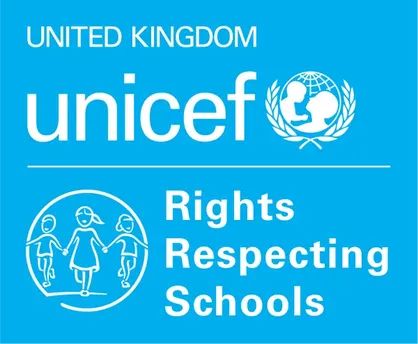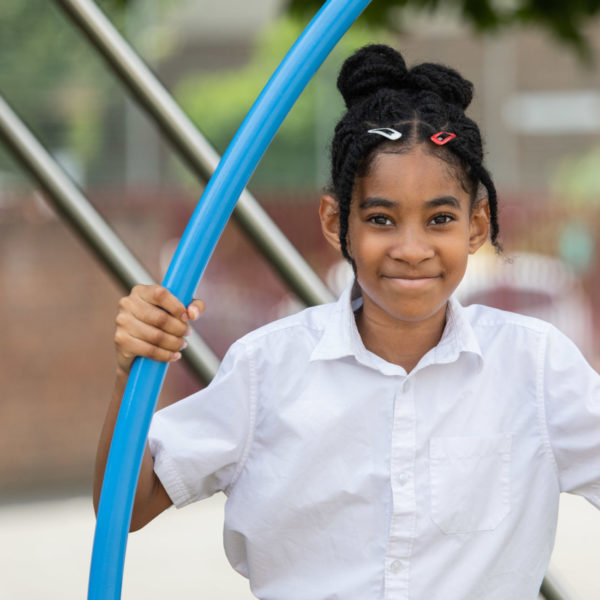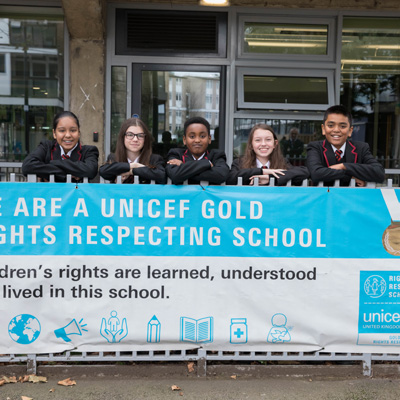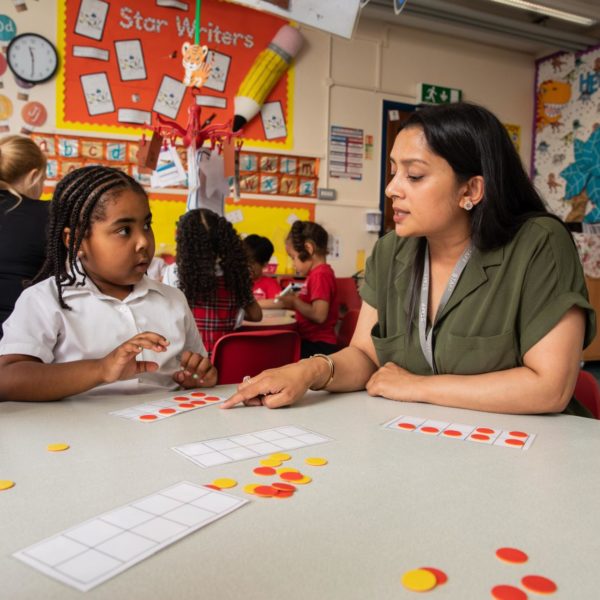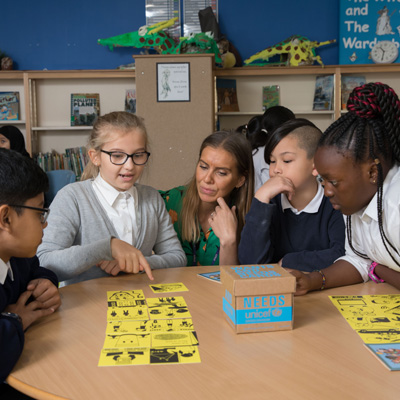Our Theory of Change explains how this Award intends to achieve change in schools, for children. This is supported by a review of available evidence.
Rights Respecting Schools take a whole-school approach to embedding children’s rights at the centre of ethos, learning, relationships, decision making and policies.
The Theory of Change diagram visually explains and communicates our vision for change in a Rights Respecting School setting. The Theory of Change booklet provides further detail to accompany this diagram including an overview of our national and global context, narrative to explain change on the Award and a summary of evaluation evidence about the impact of RRSA for children. It also outlines wider evidence around child rights and education.
The diagram is best read from bottom to top.
- The first level of changes at the bottom of the diagram are the outputs that the programme intends to achieve, through building children and adults’ capacities in children’s rights.
- The middle stage of the diagram shows outcomes. These are changes in performance that create a Rights Respecting school. RRSA is a whole school approach and many of the activities shown in these separate boxes are interrelated.
- The top level of the diagram shows the impacts on children that RRSA intends to contribute to. We recognise RRSA is one part of a wide range of factors within a school and in children’s lives that impact on children and support these changes for children.
This Theory of Change informs our evaluation and programme development. Although closely aligned to our accreditation outcomes framework, it isn’t a structure for school assessments. To see the full accreditation framework please see the Strands of the Award.
To see the full implementation framework we recommend viewing our Impact Report.
